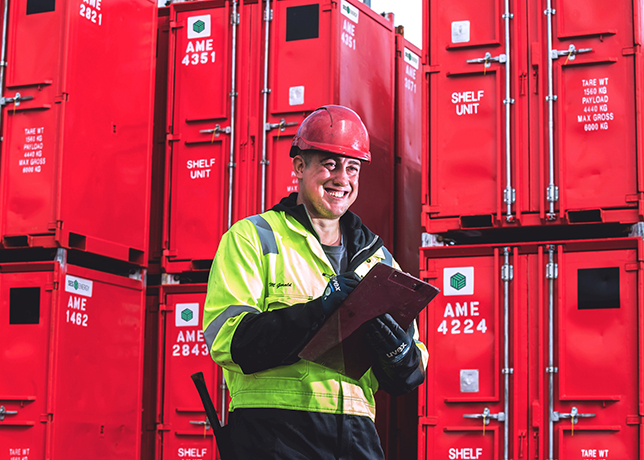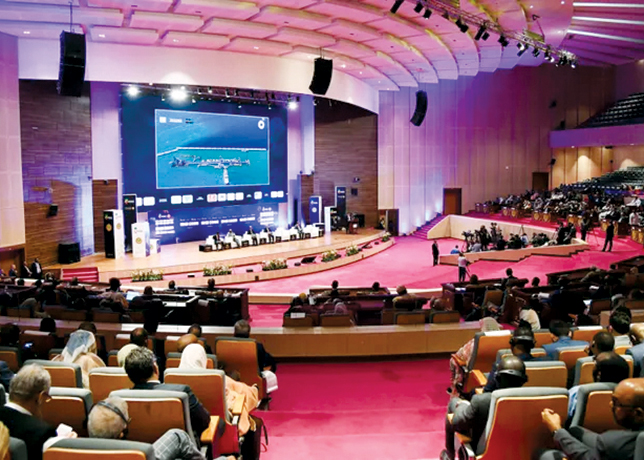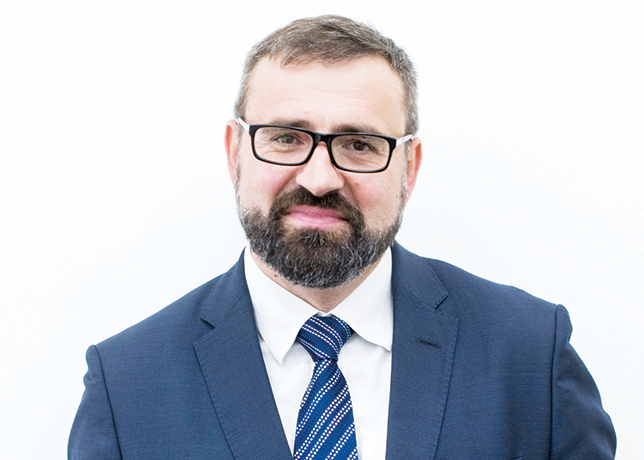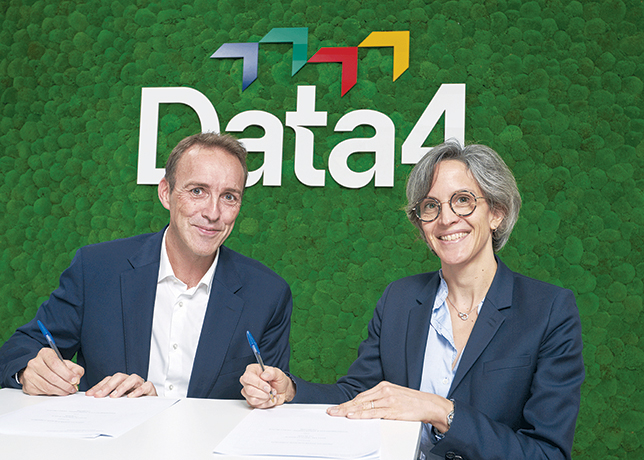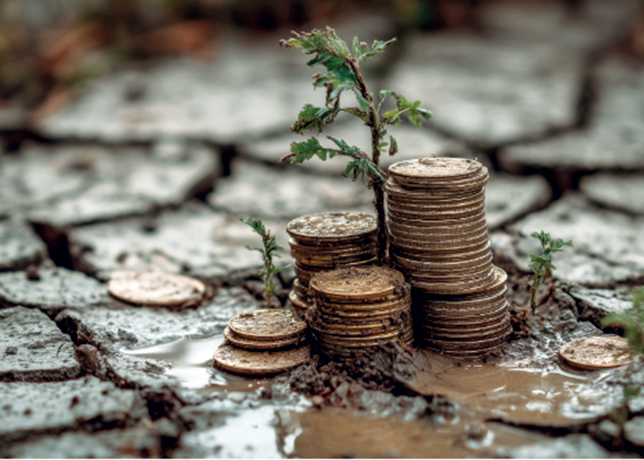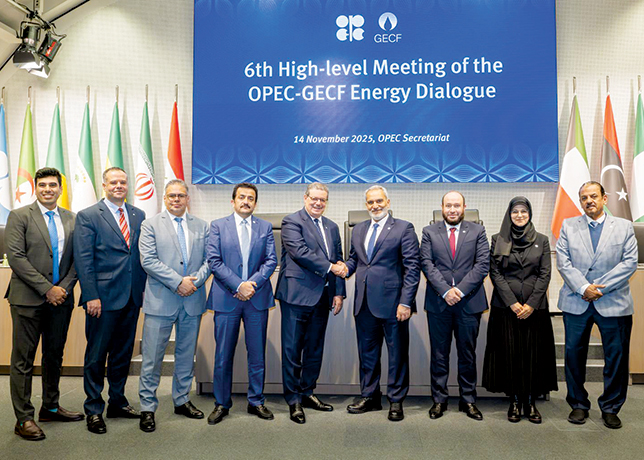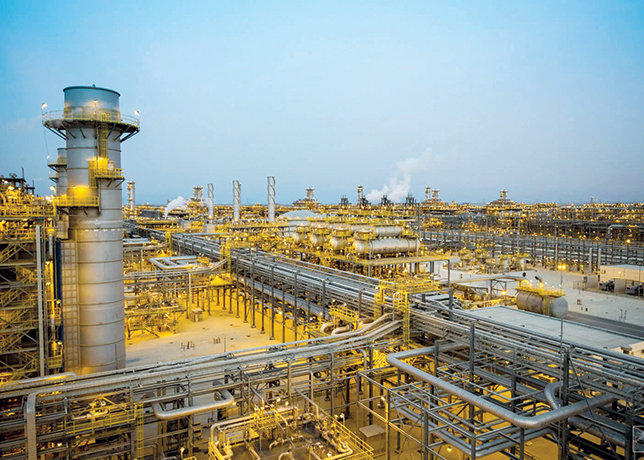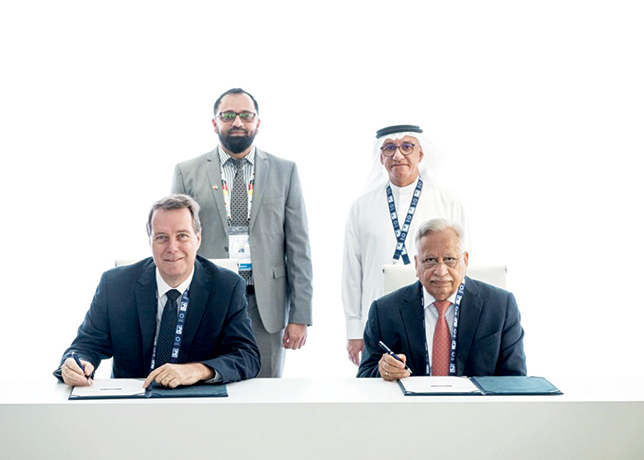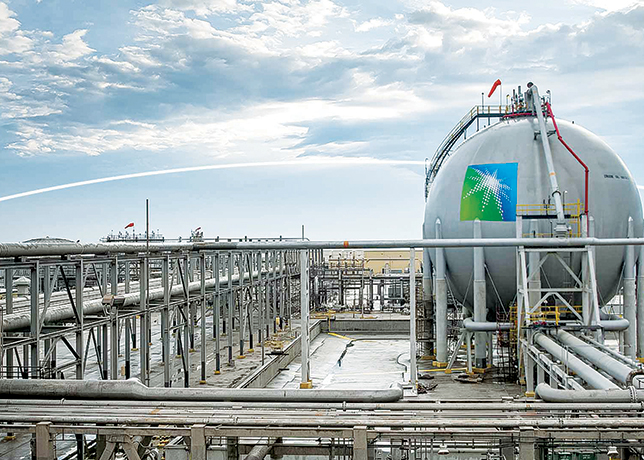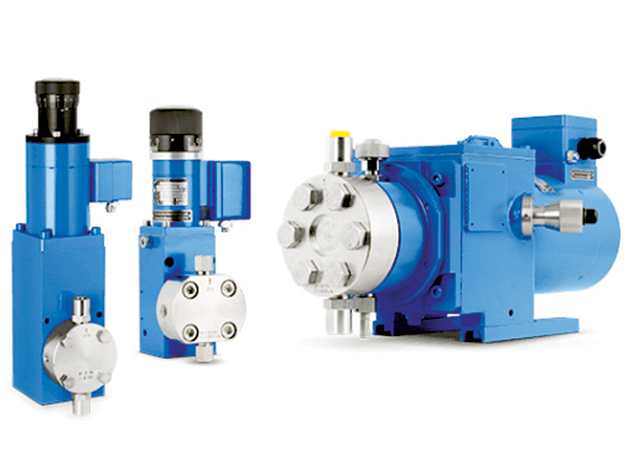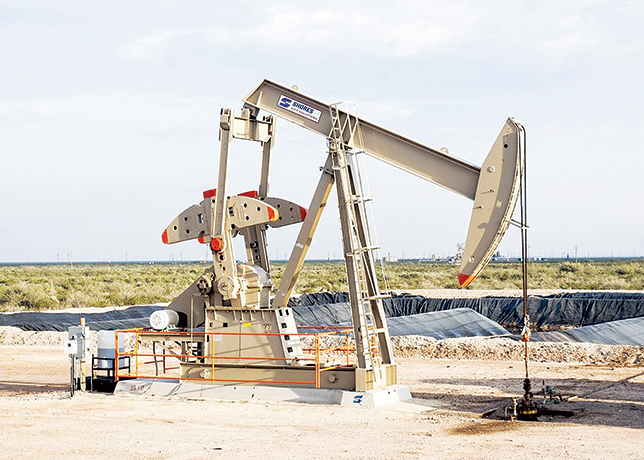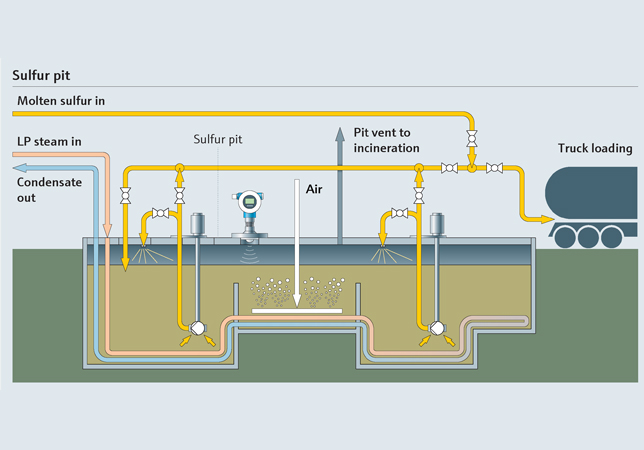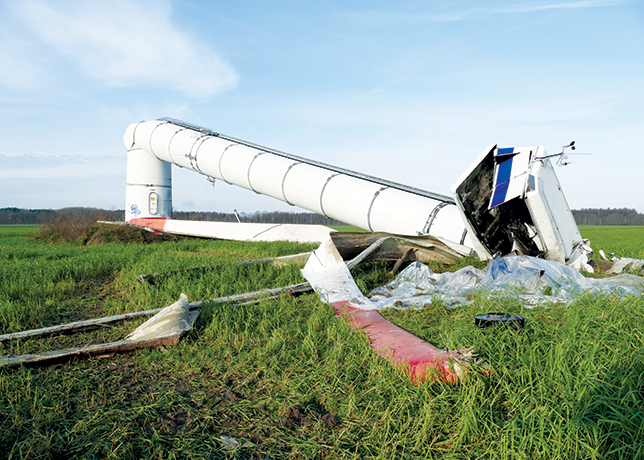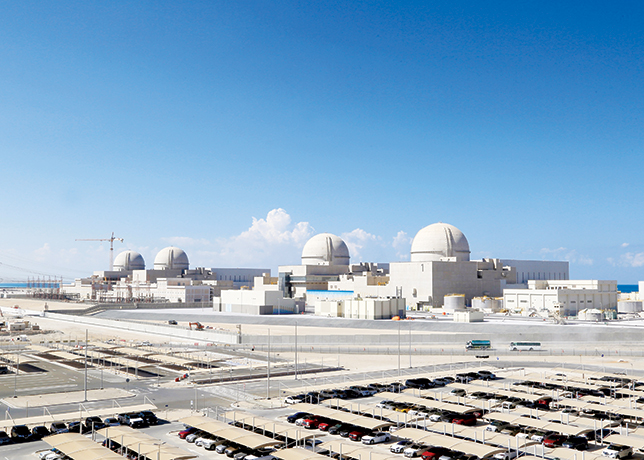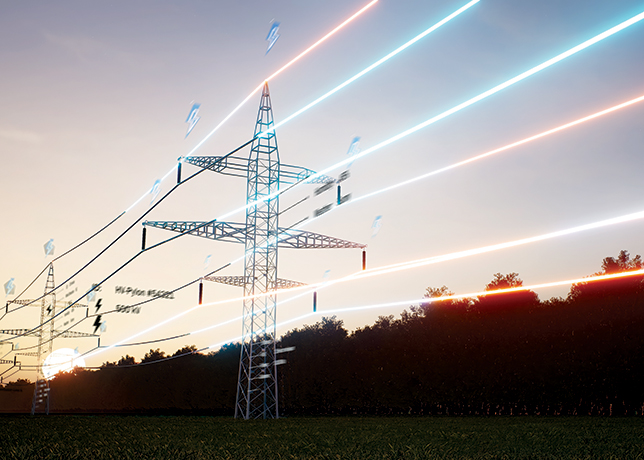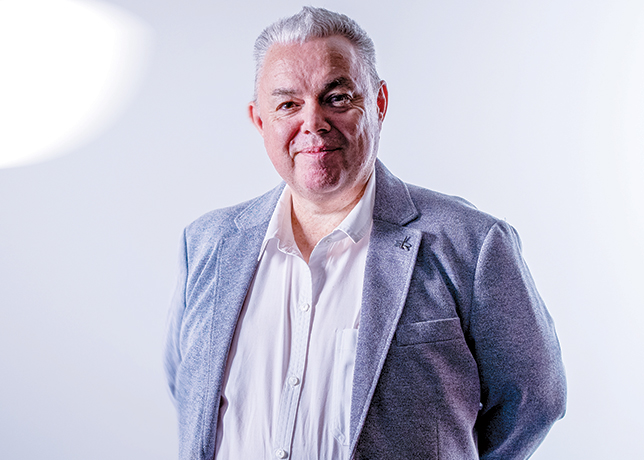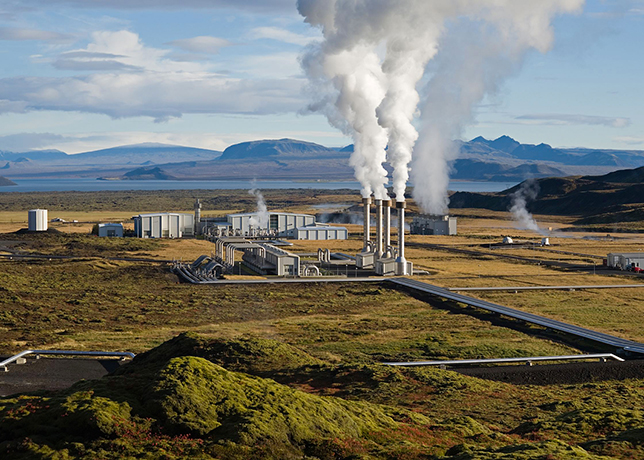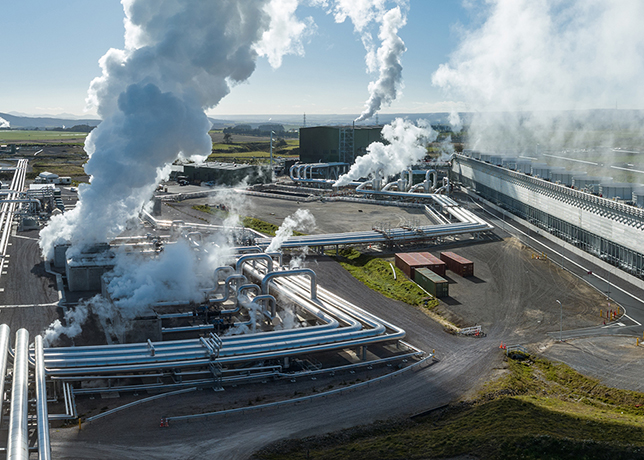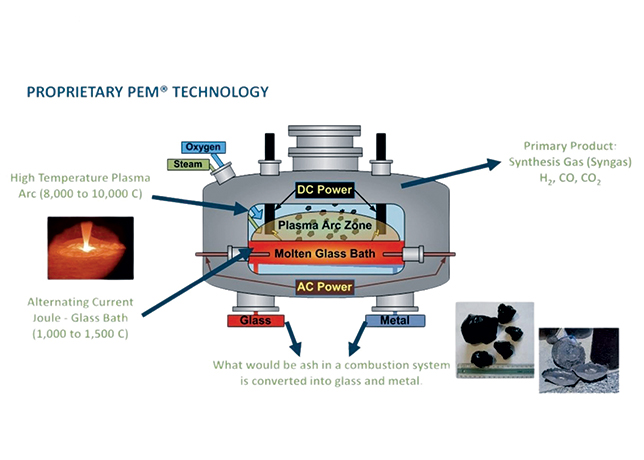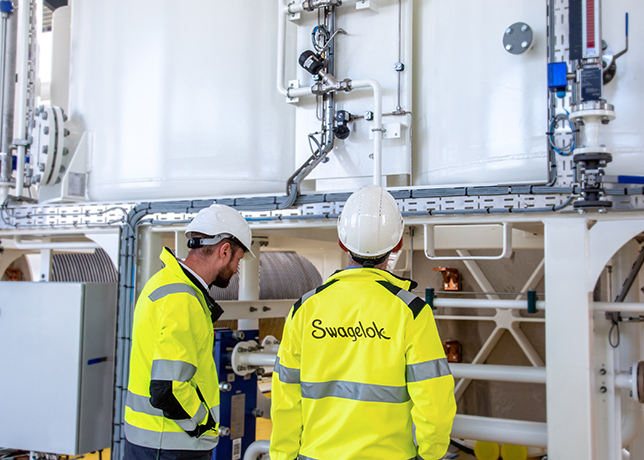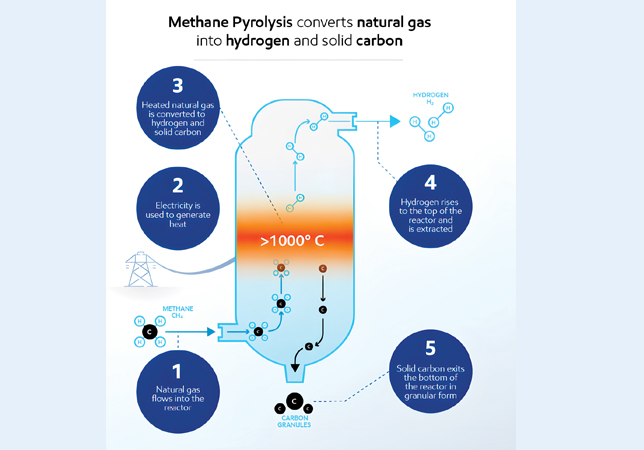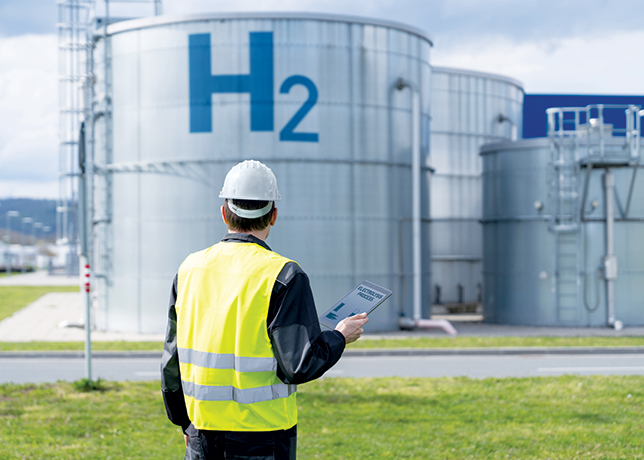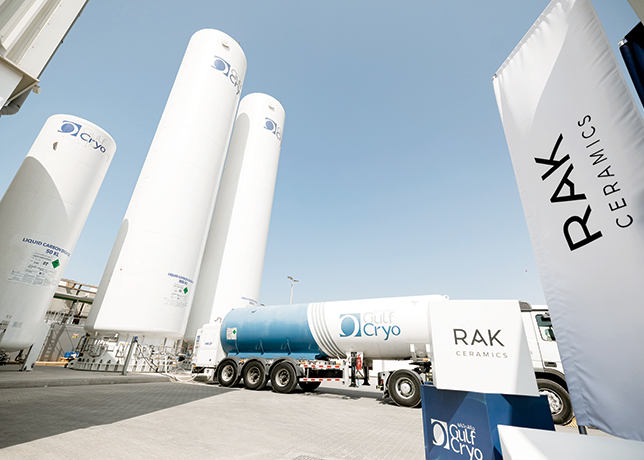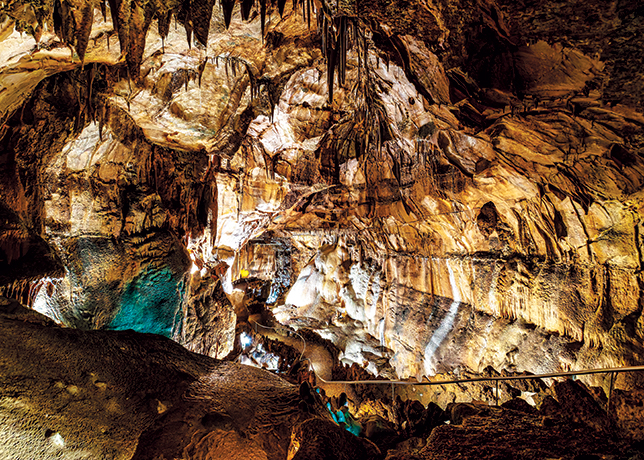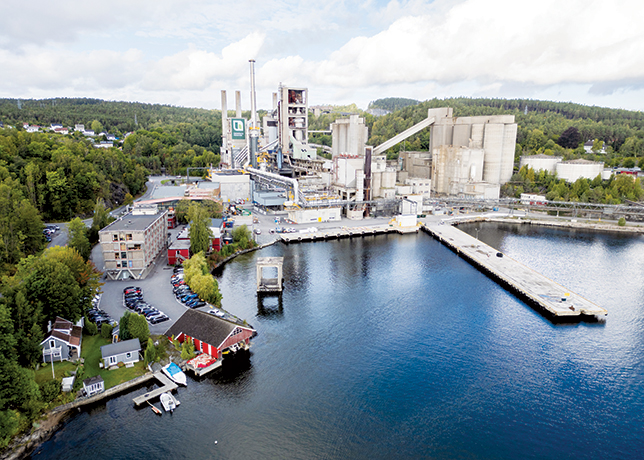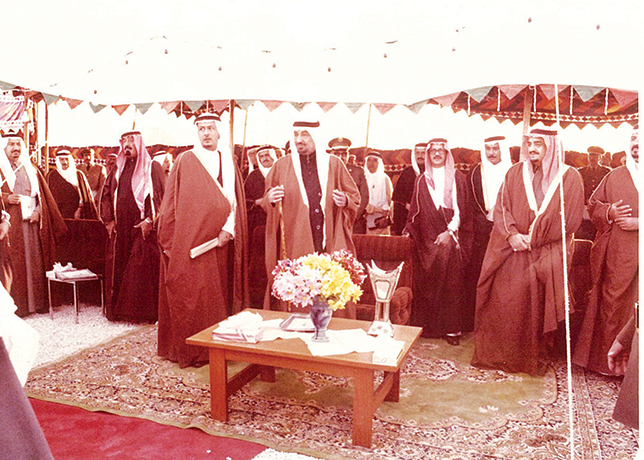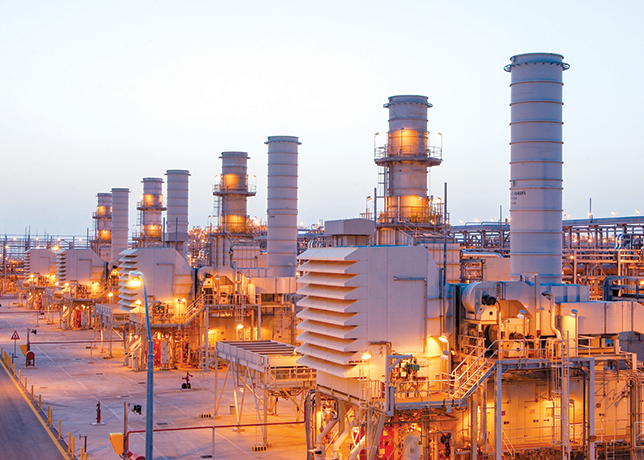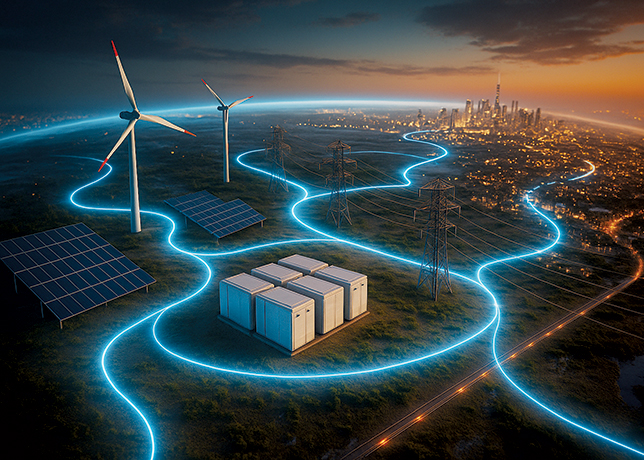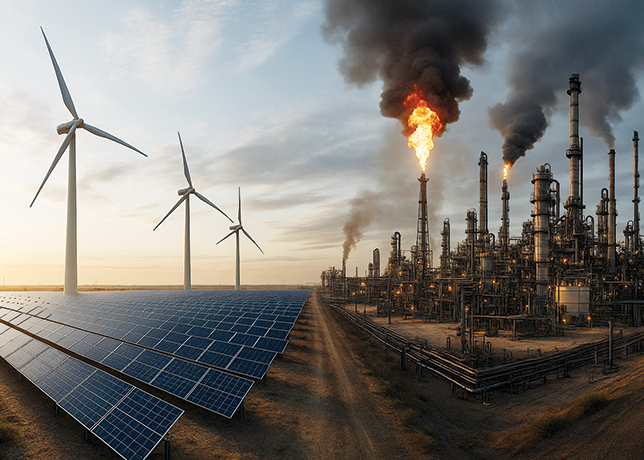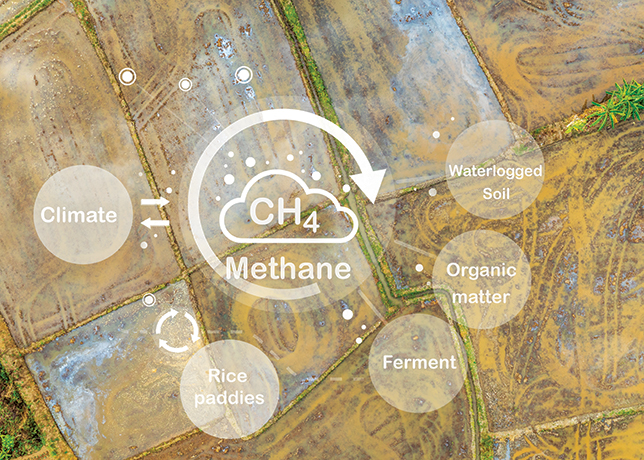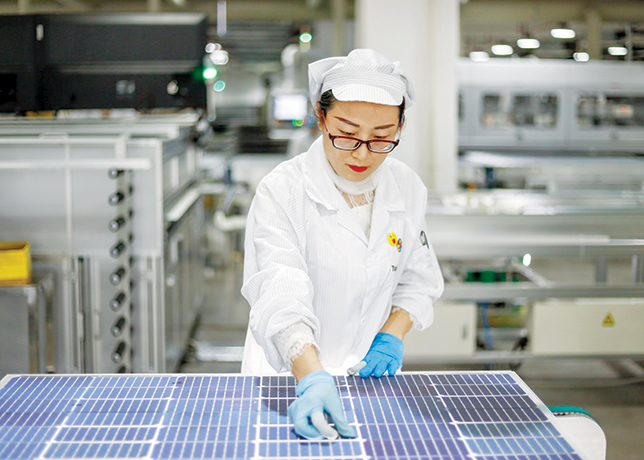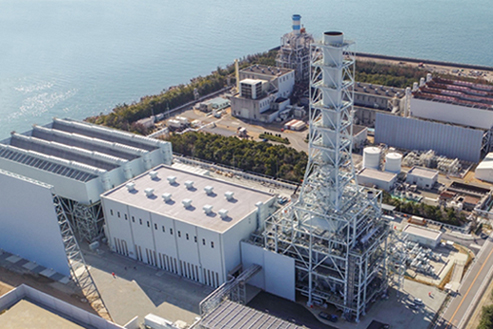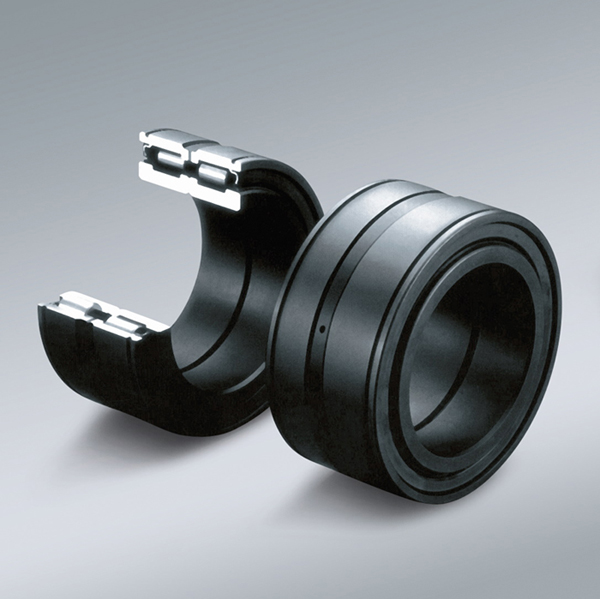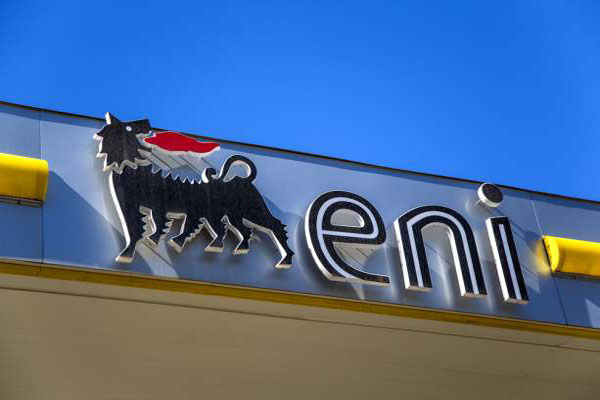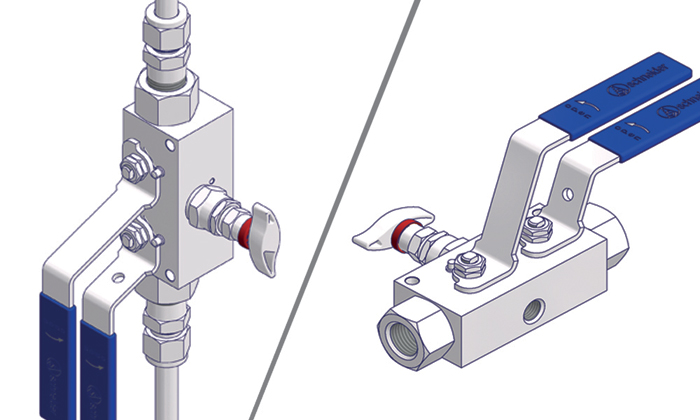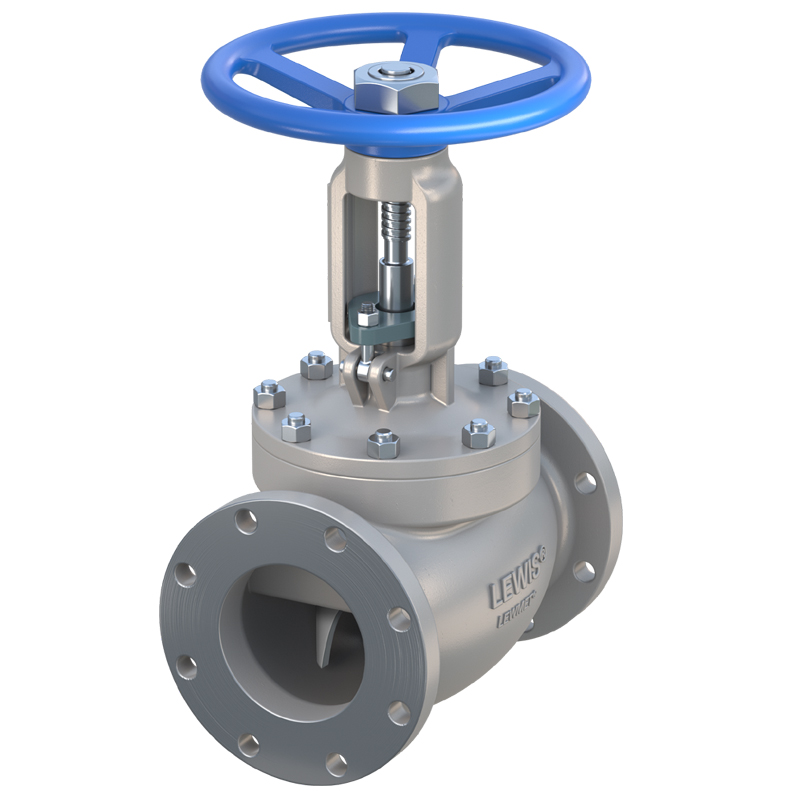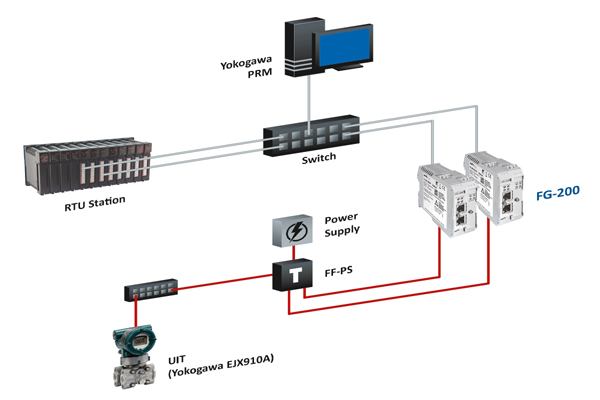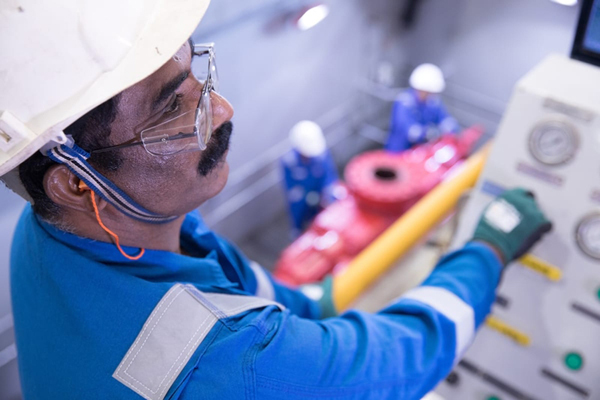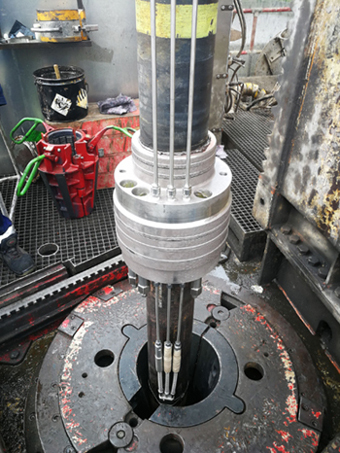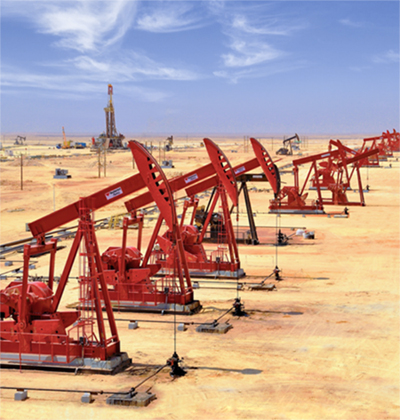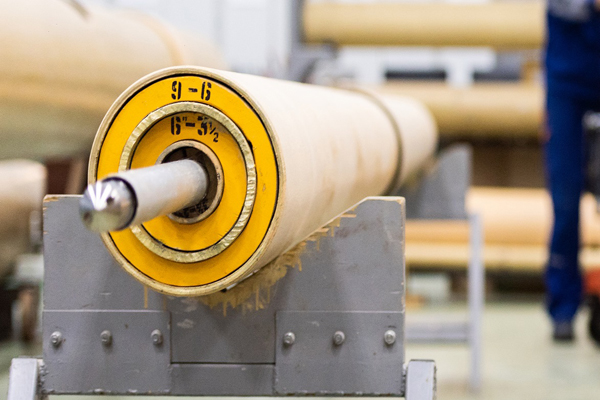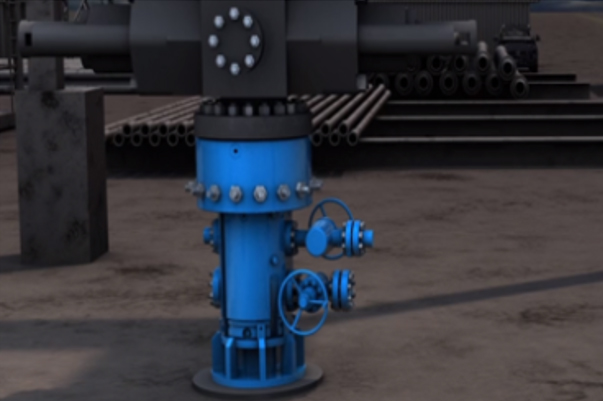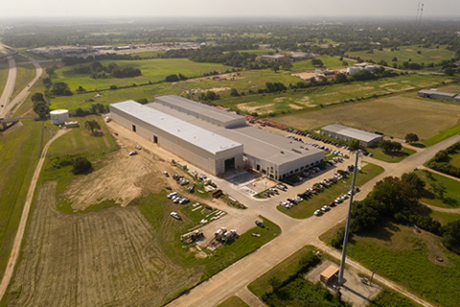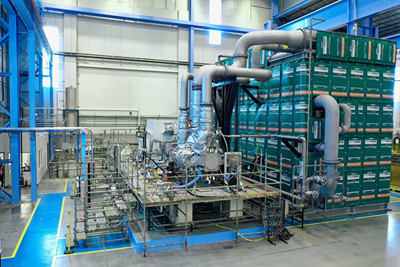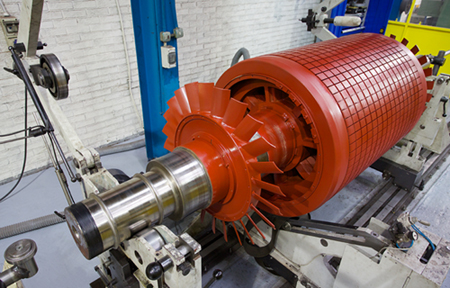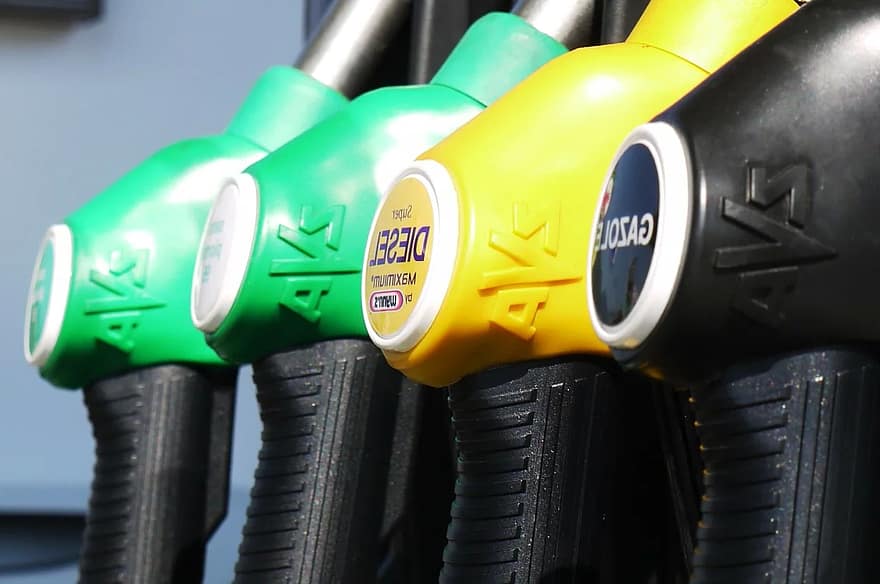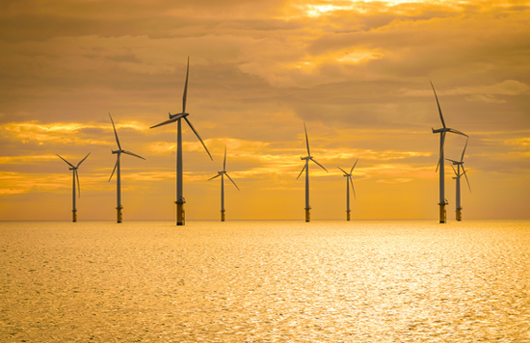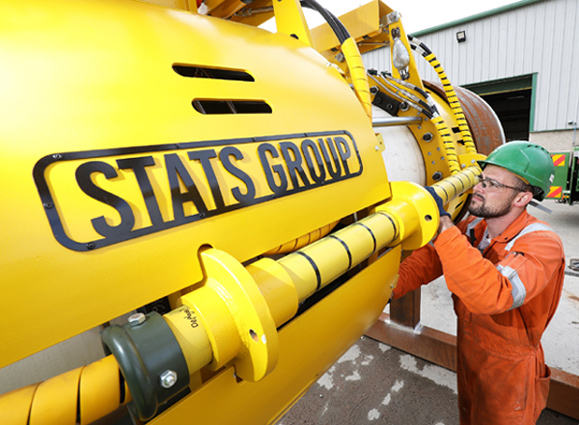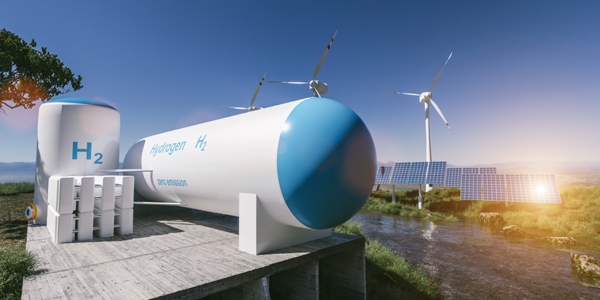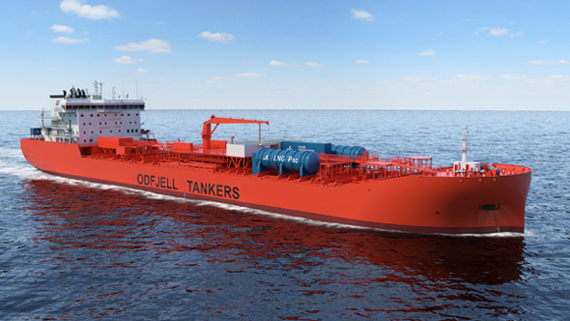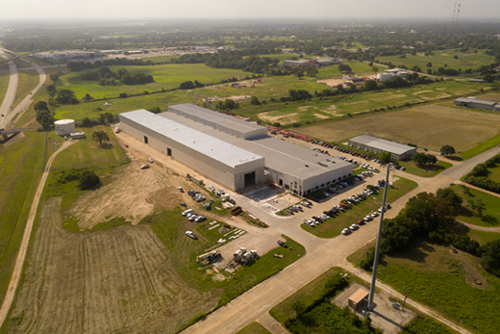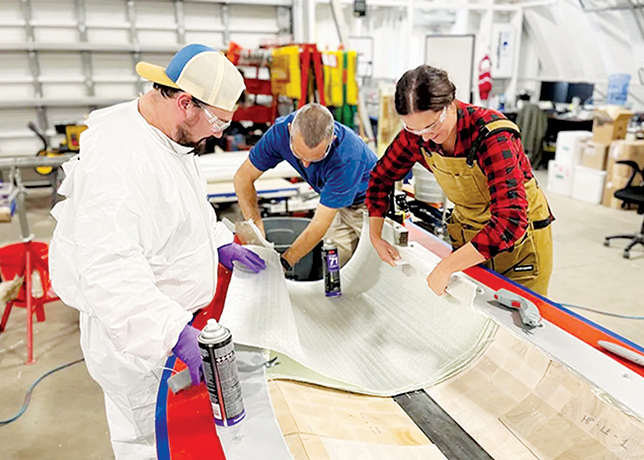
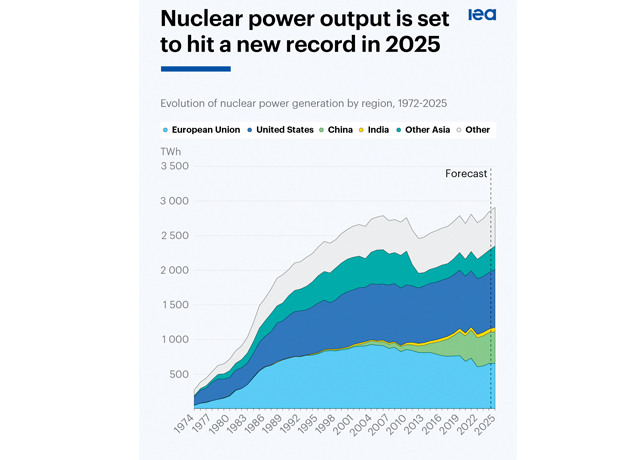
Nuclear power, a crucial part of the global energy mix, is set to reach a record high in power generation from nearly 420 active reactors in 2025, according to the International Energy Agency (IEA). This is due to Japan restarting production, France completing maintenance works, and new reactors starting commercial operations in China, Europe, India, and Korea.
Meanwhile, more than 60 nuclear reactors are currently under construction – representing over 70 gigawatts (GW) of capacity – and governments’ interest in nuclear power is at its highest level since the oil crisis in the 1970s, reflecting efforts to bolster energy security, accelerate clean energy transitions and meet rising demand for electricity. Over 40 countries now have plans to expand its use.
However, for the moment, growth is unbalanced. Cost overruns and construction delays have been a persistent issue for long-time market leaders in Europe and North America. Half of projects under construction today are in China, which is on course to overtake both the US and European Union in installed nuclear power capacity by 2030.
Supply chain diversity is another issue. Of the 52 reactors that have started construction worldwide since 2017, 25 are of Chinese design and 23 are of Russian design. Plus, more than 99 per cent of uranium enrichment capacity is concentrated in four supplier countries, with Russia accounting for 40 per cent of capacity.
Market leadership could shift yet again. Mobilising new sources of financing would help countries around the world meet their nuclear energy ambitions in the coming decades. So would accelerating the development of small modular reactors, or SMRs, which hold the promise of being more affordable – and easier and faster to build – than conventional large reactors. Appetite for SMRs is especially strong in the data centre sector as it seeks to meet its fast-growing power needs.
With the right combination of policy support and delivery by industry, the IEA projects that over 1,000 SMRs could start operating by mid-century, with a combined capacity of 120 GW, roughly equivalent to the amount of electricity capacity needed to power the economy of Spain today.








